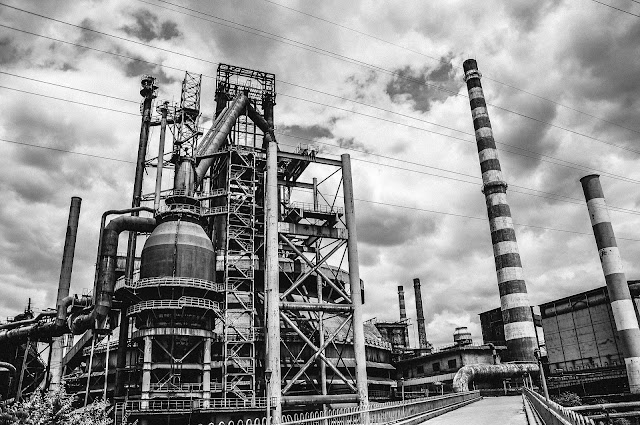Elevate Your Packaging Game: A Comprehensive Look at Post-Printing Machines Introduction: In the ever-evolving landscape of packaging, staying ahead of the competition requires innovation and efficiency. Post-printing machines have emerged as game-changers in the packaging industry, offering manufacturers unparalleled flexibility and quality in producing corrugated boxes. This comprehensive guide aims to delve into the world of post-printing machines, exploring their functionalities, benefits, and the transformative impact they have on elevating packaging standards. Understanding Post-Printing Machines: Post-printing machines are integral to the manufacturing process of corrugated boxes, enabling the application of graphics, text, and branding onto pre-formed boxes. Unlike pre-printing methods, which occur before corrugation, post-printing takes place after corrugation, allowing for greater customization and efficiency. Types of Post-Printing Machines: Flexographic Printing Presses: Th...
What is the process of rotary printing machine ?
The rotary printing machine is a specialized machine that is used for printing high-quality designs and patterns onto fabrics, such as cotton, silk, or polyester. Here is an overview of the process of rotary printing machine:
- Pre-treatment: The fabric is pre-treated to ensure that it is free from any impurities or contaminants that may affect the printing process. This may involve washing, bleaching, or scouring the fabric.
- Fabric feed: The fabric is fed into the rotary printing machine and is guided by a series of rollers.
- Engraving: A cylindrical screen with the desired pattern or design is engraved onto the surface of the screen using an acid-resistant coating.
- Ink application: The ink is applied to the surface of the screen and is forced through the fine mesh of the screen using a squeegee. As the cylindrical screen rotates, the ink is transferred onto the fabric passing underneath.
- Drying: After printing, the fabric is dried using a high-temperature dryer to ensure that the ink is fully set.
- Fixation: To ensure that the ink is colorfast and has good washability, the fabric may be subjected to fixation, which involves exposing it to high temperatures and pressure.
- Finishing: The fabric is finished according to the desired specifications, such as softness, luster, or texture.
The rotary printing machine is highly efficient and can print large quantities of fabric quickly and accurately. It is widely used in the textile industry to produce a range of fabrics with complex and intricate designs.

Comments
Post a Comment